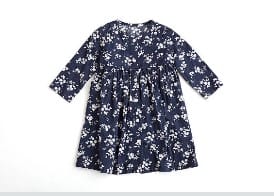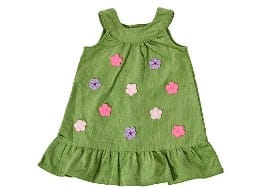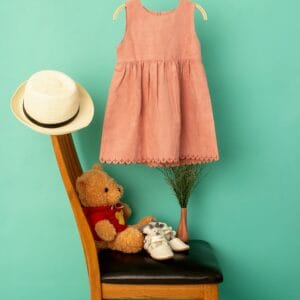No products in the cart.
Traditional dresses vary significantly across cultures, each having its own unique style, meaning, and history. Here are a few examples from different regions around the world:
- Kimono (Japan): A full-length robe with wide sleeves and a wrap-around design, secured with an obi belt. Kimonos are often made from silk and come in various patterns and colors, worn for special occasions.
- Sari (India): A long piece of cloth, usually six to nine yards in length, draped elegantly over the body, paired with a fitted blouse and petticoat. It is worn in different styles across various states in India, symbolizing grace and tradition.
- Hanbok (Korea): A traditional Korean dress characterized by vibrant colors and simple lines without pockets. It’s typically worn for festivals, weddings, and celebrations.
- Dashiki (West Africa): A loose-fitting, brightly colored shirt or tunic with intricate designs, often paired with trousers or a long skirt, symbolizing African pride and heritage.
- Dirndl (Germany/Austria): A traditional alpine dress worn by women, consisting of a bodice, blouse, full skirt, and apron. It is often worn at festivals such as Oktoberfest.
- Abaya (Middle East): A long, flowing cloak worn by women, especially in Arab countries, often in black. It is traditionally modest attire that covers the body except for the face, hands, and feet.
- Kente (Ghana): A brightly colored, patterned fabric woven into strips and sewn together. Kente cloth holds deep symbolic meaning and is used in special ceremonies like weddings or significant cultural events.





